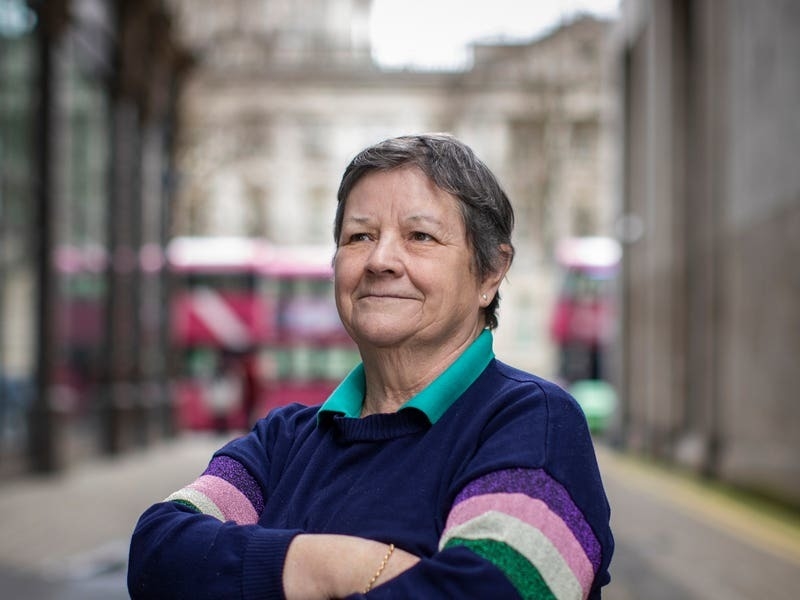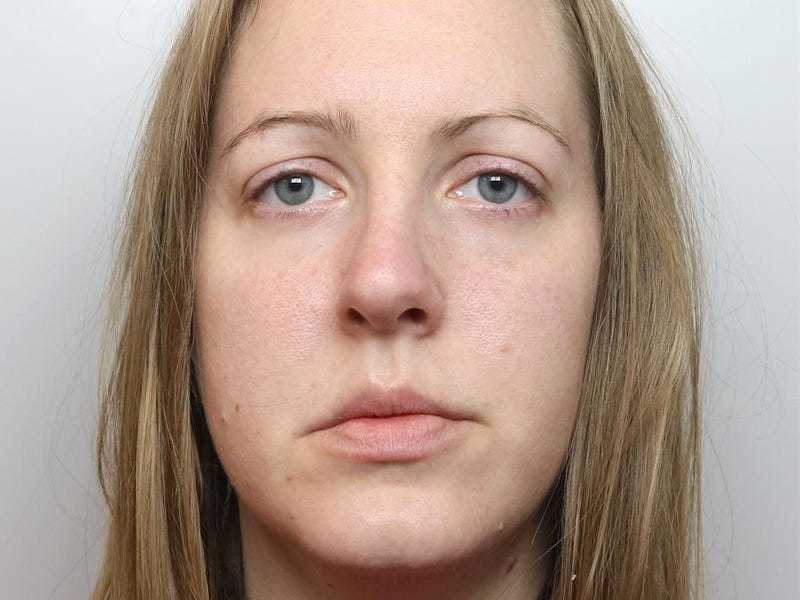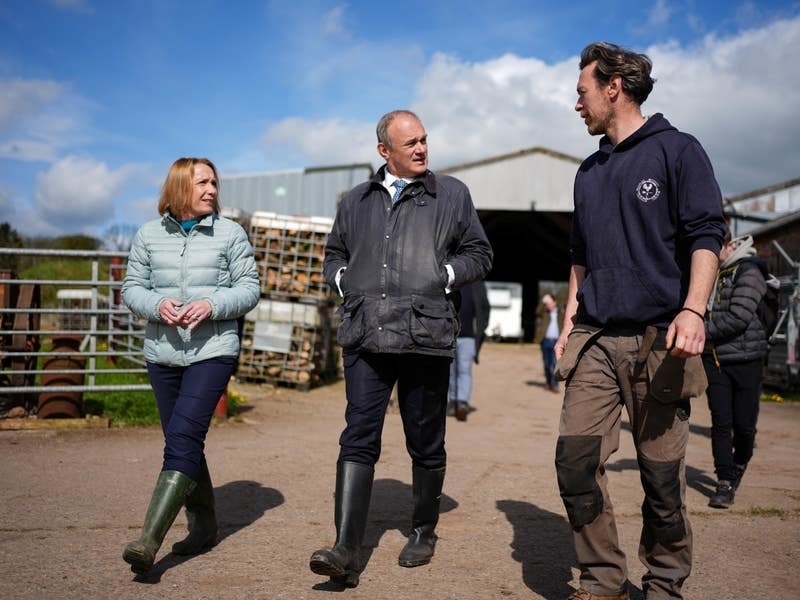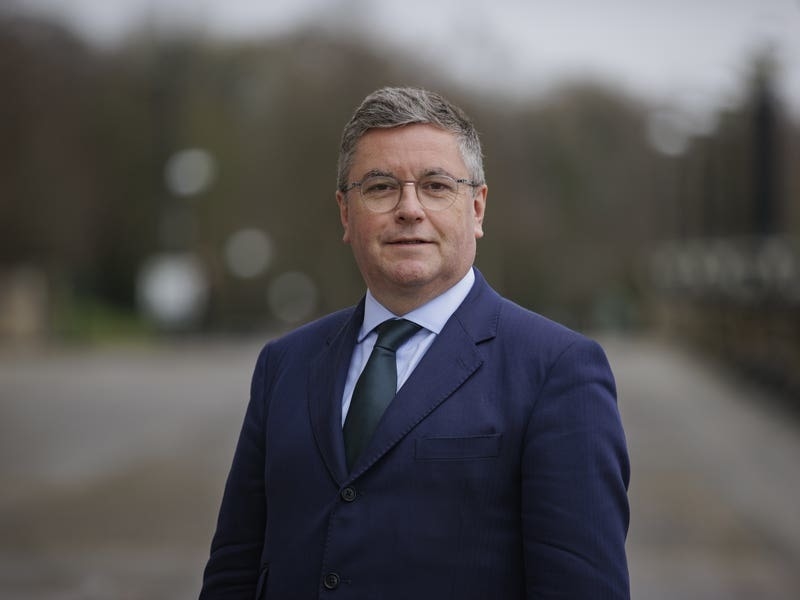Local level contact between women across the divide during Northern Ireland’s darkest days helped pave the way for the peace process, a leading community worker has said.
Scores of women, who rarely made the headlines, founded the first domestic violence refuges, integrated schools, supported victims and and fostered relationship across the towering peace walls.
In 1998 when the Belfast/Good Friday Agreement was signed, talks chair Senator George Mitchell paid tribute to the people of Northern Ireland as the real heroes and heroines of the peace process.
International Fund for Ireland boss Paddy Harte echoed this and also emphasised the role of women, describing “an awful lot of work in extraordinary times which created the building blocks which led up to” the peace accord.

She said there was a lot of politics going on at a local level during the Troubles which “really had more of an impact on people’s lives”.
Originally from Dublin, Ms Kilmurray was drawn to the political situation in Northern Ireland in the late 1960s-70s, and was recruited by the Quakers to work in Londonderry.
She got involved in the early days of the women’s and community movement, and helped to set up the first Women’s Aid refuge in the city, despite officials telling her there was no need for it.
“You had back channel communication between community activists on both the West Bank and the Waterside, both over socio-economic issues but also over threats being made, pressure being put on people to shift their housing,” she told the PA news agency.
“It was very much based on relationships, community activists respecting each other, working together to improve their areas.”
She said 1981 saw the start of the Women’s Information Network in the greater Belfast area to bring together local groups once a month, initially in neutral areas before going into each others areas.
“That actually broke down some of the stereotypes because people were being told, ‘the others’ have it better than you, but when they met in each other’s centres, they realised they had very similar problems,” she said.
“There was an amazing woman called Kathleen Feenan, who was co-ordinator of that, asked how she kept people together and stopped it splitting, she said she kept an eye on who did not come, and turned up at their door with an apple tart, and they had to invite her in for tea.
“It was literally that simple theory, if someone wasn’t turning up, going and asking them, and see how the issue could be resolved.
“It was almost like the research and development side of peace building because women felt freer to move and talk to each other, partially because they were being ignored, but that gave a degree of confidence so when there were more macro political moves, it wasn’t coming completely unawares.”

She went on to work for Women Together campaigning to end the violence in Northern Ireland and raising key issues such as the needs of victims of the Troubles.
They helped support the start of the Wave Trauma Centre.
“Our journey in Women Together was about getting out and campaigning, we organised many campaigns and held vigils wherever there was a serious incident, to say it doesn’t matter who’s involved, what side of the community, we have to stop this violence, we have to support the families and build a society based on fairness and justice for all,” she said.
Ms Carr also got involved with the Yes campaign in the referendum for the 1998 agreement, helping to create documents and run workshops to aid people’s understanding of the text.
Women Together became Community Dialogue and focused on bringing people together.
“Our dialogues were about getting the broadest number of views and opinions together and encouraging people to have those conversations,” she said.
“We were dealing with people who couldn’t sit in the same room often, but when we had created the right spaces and they could, amazing things happened.
“It was about developing peaceful relationships, that was my life’s work.”






